Everything You Need To Know About Gardening

Overcoming Smart Phone Addiction With Gardening
To break free from phone addiction, swap scrolling screens for turning soil—gardening reduces cortisol levels, boosts serotonin, and refocuses scattered attention spans. Studies show that plant-tending slashes smartphone use, enhances mood, and restores cognitive clarity disrupted by phone addiction. Replace digital habits with earthy rituals, and discover why gardening offers the escape hatch your weary brain craves.

Unexpected Uses for Garden Twine and Stakes: Enhance Your Garden Effortlessly
Grab garden twine and stakes to craft vertical gardens, support unruly tomatoes, or shape climbing roses. Use garden twine and stakes to effortlessly design raised-bed grids or bind herb bunches for drying. Simple, versatile, and compostable, garden twine and stakes transform everyday gardening chores into satisfying creative projects—read on to uncover unexpected methods that'll simplify your time outdoors and boost your harvest.
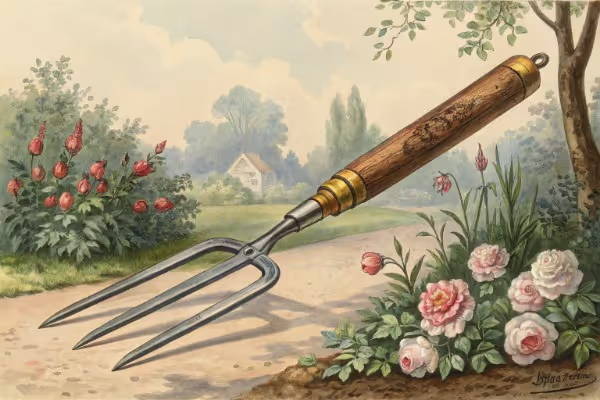
Hand Cultivator: Effortless Artistry for Your Garden
A hand cultivator loosens soil, uproots stubborn weeds and prepares garden beds swiftly without disturbing neighboring plants. Using a hand cultivator aerates soil, improving moisture and nutrient absorption for healthier roots. With minimal effort and simple technique, a quality hand cultivator transforms routine garden work into satisfying artistry—read on to master your own garden masterpiece.

Garden Knife Benefits: Why Every Gardener Needs a Good Blade
A sharp, balanced garden knife prunes branches, splits perennials, and slices open mulch bags with easy precision. A sturdy garden knife digs planting holes, weeds out crabgrass, and swiftly severs garlic scapes without tearing plants. With a dependable garden knife in your grip, tedious tasks become satisfying rituals—keep reading to discover the surprising artistry behind this humble gardening tool.

Getting the Right Wheelbarrow for Your Garden
Choosing a wheelbarrow sets the rhythm for your gardening flow. A solid wheelbarrow moves compost and mulch without wobble, fits gates and pathways comfortably, and spares your back on steep terrain. Match the right size, tire type, and material to your garden style, and your wheelbarrow becomes a trusted work companion rather than an awkward nuisance—here’s how to pick yours.
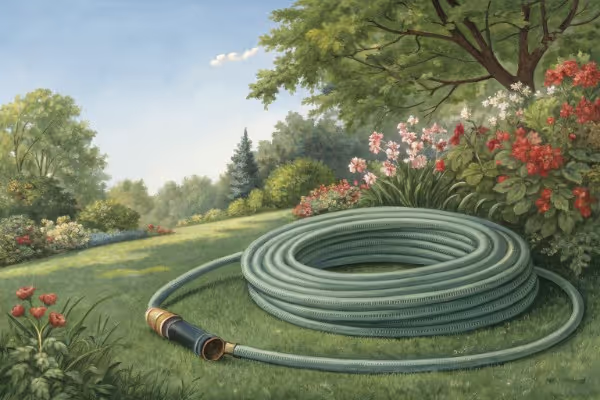
Garden Hose Tips for Healthier Vegetable Garden Growth
A simple garden hose delivers more than hydration—it can boost veggie growth, control pests, and stimulate roots. Adjusting a garden hose nozzle to mist tender seedlings reduces shock, while a firm spray dislodges aphids without chemicals. Coiling a sun-warmed garden hose around planting beds gently warms soil for early vegetables—curious gardeners, read on for more unexpected veggie-growing tricks.

Watering Can Wonders: Effortless Growth for Your Garden
Fill your watering can, grip its handle, and give your garden exactly what it needs. A quality watering can directs moisture precisely, preventing overwatering and root rot. Choosing the right watering can transforms garden care from basic chore to satisfying ritual—read on and discover how this humble tool cultivates effortless growth.

How a Garden Fork Transforms Your Vegetable Patch
A garden fork aerates compacted soil, boosts drainage, and gently loosens weeds without disrupting your vegetables' root systems. Using a garden fork breaks up hard earth layers, allowing roots to breathe and absorb nutrients efficiently. Regularly turning soil with a garden fork enables beneficial organisms to thrive, enriching your vegetable patch naturally. Here's how this simple tool transforms your harvest from decent to deliciously abundant.
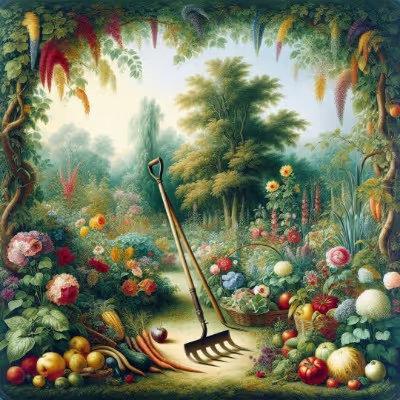
How to Use a Garden Hoe
Grab a sturdy garden hoe and slice weeds at their roots, break compacted soil, or shape planting rows with ease. A sharp, well-chosen garden hoe transforms tough garden chores into satisfying work. Learn proper grip, swing techniques, and simple tricks to keep your trusty garden hoe in top shape—your garden beds will thank you.

The Simple Hand Trowel: The Essential Tool for Garden Success
Grab your hand trowel, dig deep, and plant confidently. The trusty hand trowel loosens compacted soil, delicately transplants seedlings, and swiftly uproots unwelcome weeds. Simple, versatile, and easy on the wrists, a quality hand trowel turns gardening chores into genuine pleasure. Here's why every serious gardener swears by this humble tool.

Garden Rake Essentials for a Healthy Lawn and Landscape
Selecting the right garden rake determines whether your soil invigorates or suffocates your plants. A sturdy garden rake swiftly breaks up compact earth, removes destructive debris, and lets your garden beds breathe. The correct garden rake even primes your yard for healthy root growth and thriving greenery—but choose poorly, and prepare for frustration. Let's find the ideal rake to fit your gardening style.

Why Do You Need Pruning Shears?
Pruning shears trim away excess growth, shape unruly shrubs, and boost overall plant vigor. Grab a pair of clean, sharp pruning shears to train young trees, remove dead branches, and enhance flower production. Good pruning shears turn tangled chaos into lush order—here’s how to choose yours and prune like a pro.
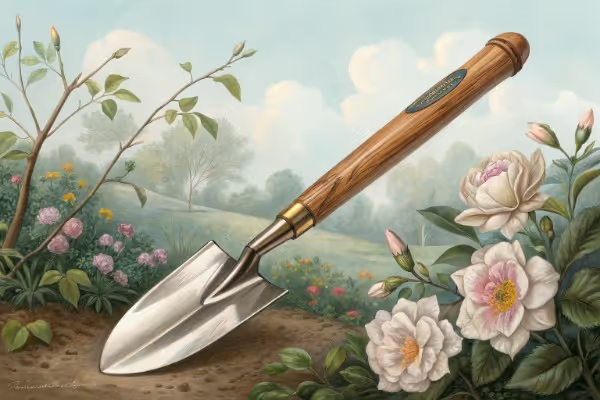
Which Type of Garden Spade Do You Need?
Choose the right garden spade and you cut digging time in half, spare your back, and build richer soil. A sharp, square-bladed spade slices sod cleanly, while a pointed blade punches neatly through clay and rocky soil. Pick your spade wisely, and gardening becomes less chore, more pleasure—read on to find your perfect match.
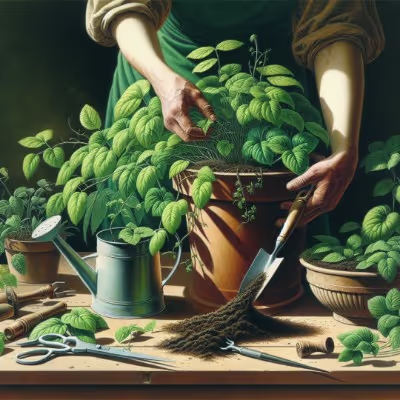
How to Repot a Plant: Step-by-Step Guide for Healthy Growth
Knowing how to repot a plant keeps your greenery thriving. Roots poking from drainage holes, compacted soil, or stalled growth signal it’s time. Follow these easy, clear steps on how to repot a plant and turn your tired potted companions into lush, vigorous beauties. With little mess and zero hassle, here's how to do it right.
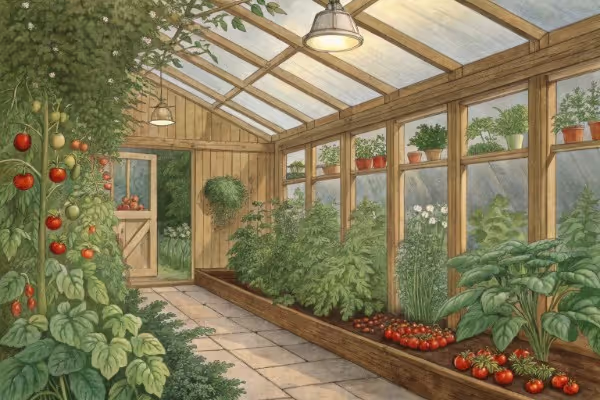
How Do You Grow Food Indoors?
Growing food indoors puts fresh produce within easy reach, no matter the season. With quality grow lights, adequate airflow, and mindful watering, growing food indoors lets you harvest vibrant herbs and crisp greens from your own kitchen. Ready to transform your countertop into an edible oasis? Here's how to get started.
.avif)
Food Garden Essentials: How to Grow Your Own Fresh Produce
Start your own food garden by mapping a sunny spot, sourcing compost-rich soil, and choosing vigorous heirloom seeds. A well-planned food garden easily feeds a family of four year-round and can produce up to 300 pounds of fresh produce annually. Consider raised beds to maximize your food garden’s yield, simplify weed control, and improve drainage—read on to cultivate flavor, abundance, and self-sufficiency from your backyard.
%2520(3).avif)
Battle Against Weeds: The Homemade Weed Killer Solutions
Stop herbicide overspending—grab kitchen staples like vinegar, salt, and dish soap to craft your own homemade weed killer. A simple DIY solution eliminates weeds quickly, cheaply, and safely. Skip the chemicals, spare your soil, and keep reading to discover recipes and tips for winning your weed war naturally.
.avif)
Gardening Magazines You'll Love for Inspiration and Advice
Finding gardening magazines that sharpen your pruning shears and spark fresh ideas can transform your backyard plot into an edible Eden or flowering haven. The finest gardening magazines deliver trustworthy planting tips, express practical know-how, and unveil bold new trends growers swear by. Here's a careful selection of top gardening magazines, each chosen to help you grow satisfying harvests, remarkable blooms, and mulch-covered wisdom.
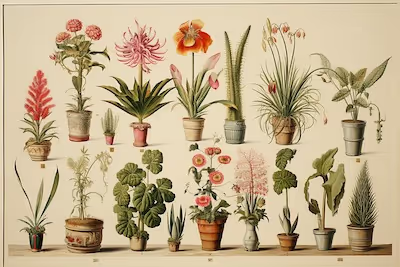
Zone 9 Planting Guide: Year-Round Garden Planning and Choices
Master your garden's potential using our Zone 9 planting guide. Learn what to plant, when to plant, and how to tend crops perfectly suited for Zone 9 gardens. This Zone 9 planting guide breaks down planting schedules, soil preparation, and savvy care tips to help your garden thrive effortlessly year-round. Read on and savor gardening success.

Zone 8 Planting Guide: Essential Tips for Garden Success
Grab your shovel, check the calendar and dig into this Zone 8 planting guide. Zone 8 gardeners plant confidently between frost dates, selecting heat-tolerant perennials and cool-season vegetables. Use this Zone 8 planting guide to time your seeds, prune deliberately, and let your garden thrive through every humid summer and mild winter.

Zone 5 Planting Guide: Essential Steps for a Healthy Garden
Check your zone, grab your spade, and get growing—this Zone 5 planting guide shows you exactly what to plant, when to plant it, and how to keep it thriving. Short summers and frost-prone winters mean careful timing makes all the difference, especially in Zone 5 gardens. With a bit of planning and the right varieties, your garden can bloom wildly beyond expectation—read on and cultivate your oasis.
Find out which plants will thrive in your garden!
Answer a few fun questions and get custom plant recommendations perfect for your space. Let’s grow something amazing together!

start your season